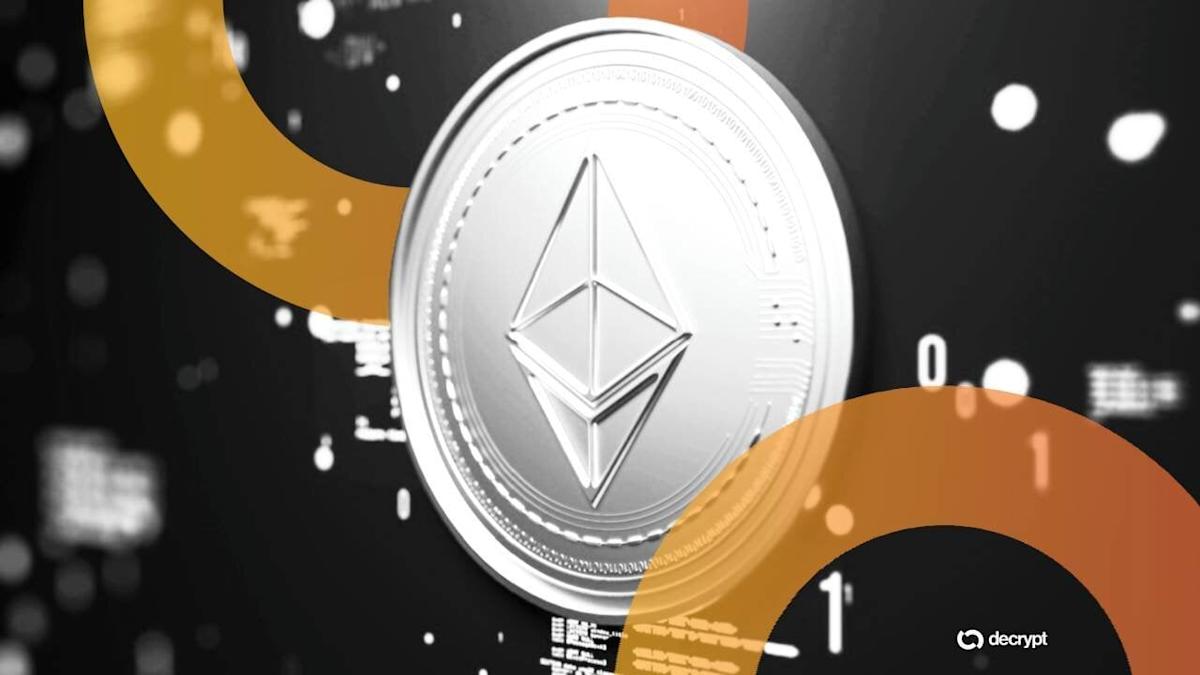Ethereum Devs Set December Date for Fusaka Upgrade
Ethereum developers have set Dec. 3, 2025, as the mainnet activation date for the Fusaka upgrade, nudging forward a timeline that had been expected to extend well into 2026.
The decision came after testing on Fusaka Devnet-5, which highlighted some software bugs and setup errors that cut short the time developers had to measure data capacity, according to a summary from researcher Christine Kim.
During the brief period when the test network was stable, developers agreed to raise blob capacity in two steps: First to 10/15 blobs per block, then to 14/21. A blob on Ethereum is a temporary data packet that rollups, or bundling and scaling solutions on the network, use to post transaction data to the blockchain at lower costs.
Another Ethereum test network, called Devnet-6, will be launched soon to double-check those numbers before they go live on public testnets and mainnet, per the call logs.
Developers found that the Prysm client, one of Ethereum’s major validator clients, struggled under high loads, creating orphaned blocks.
Validator clients are the software running Ethereum’s proof-of-stake system, responsible for proposing and verifying blocks. A block is “orphaned” when it was produced correctly by a validator, but was rejected because the network chose a different block for the same spot in the chain.
Ethereum researcher Justin Traglia said a bug in the ckzg library, used to verify blobs, had been fixed, and added that a lighter version is being prepared to make upgrades easier for client teams.
The Ethereum Foundation did not immediately return Decrypt’s request for comments.
According to the notes from Kim, the faster timeline is aimed at giving rollups more blob space to handle transactions and keep fees low, with capacity raised step by step to reduce the risk of overloading the network. Over the call, developers also confirmed that client teams will ship bundled releases for the October testnet upgrades and run shadow forks, or copies of Ethereum’s main network, ahead of deployment. The developers then agreed that delays remain possible if new bugs appear or if testing falls short.
The Fusaka upgrade follows Pectra, which was rolled out in May and helped make the Ethereum network easier to use, raised staking limits, and boosted data capacity to reduce costs for rollups.
Ethereum Rolls Out Pectra, Its ‘Most Ambitious Upgrade Yet’
At the time, industry observers touted Pectra as a turning point for Ethereum’s roadmap, but also warned that scaling pressures would persist, with rollups needing far more blob capacity to stay uncongested as usage grows.
Fusaka is designed to address that demand, phasing in higher blob limits much sooner as network activity continues to increase.


